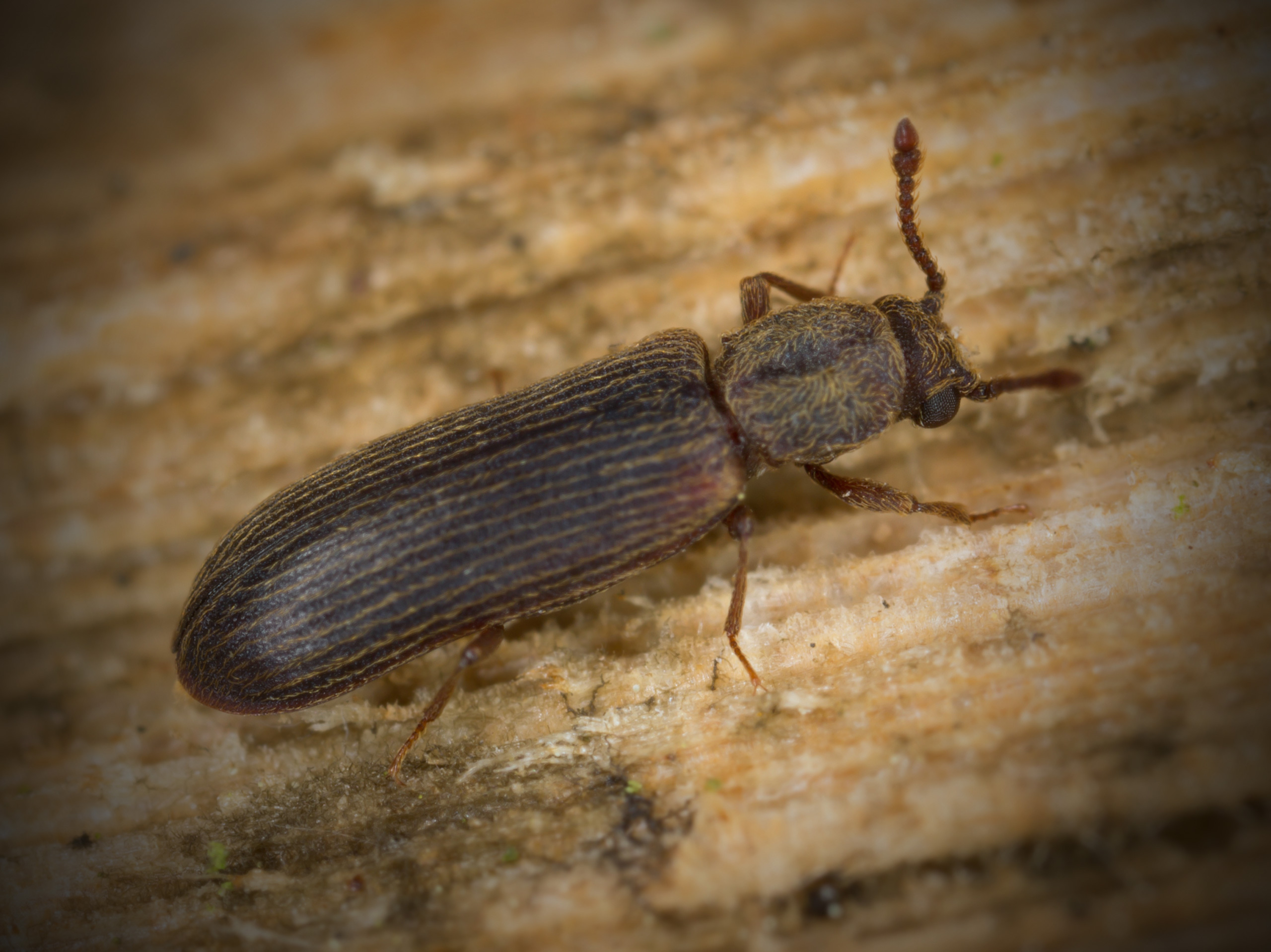Understanding the Threat of Powderpost Beetles
Powderpost Beetles are among the most destructive wood-boring pests, capable of turning solid wood into fine powder over time. Small and often overlooked, these beetles can quietly damage furniture, flooring, and even the beams in a home. Their ability to infest and thrive in various types of wood makes them a serious threat to homeowners.
Understanding what attracts them, how they spread, and the damage they cause is crucial for preventing costly repairs. Knowing the basics about these pests can help protect your home from unnecessary destruction. Coastal Fumigators specializes in effective treatments, ensuring your property remains safe from these invasive insects.
What Are Powderpost Beetles?
Powderpost Beetles are wood-boring insects that target hardwoods such as oak, ash, and mahogany. Unlike termites, which consume wood for nutrition, Powderpost Beetles infest wood by laying their eggs in cracks or pores. When the larvae hatch, they burrow into the wood and feed on it, creating small exit holes when they become adults.
There are different types of Powderpost Beetles, but all share similar behavior: they’re known for their ability to cause significant structural damage over time. Powderpost Beetles and termites may be similar, in that they cause substantial damage, but they are different. The main difference is that Powderpost Beetles do not eat wood like termites. Instead, they create fine powder as they tunnel through it, which is one of the first signs of an infestation.
Life Cycle and Appearance
The life cycle of a Powderpost Beetle starts when the adult female lays her eggs in the pores of hardwood. The larvae hatch and burrow into the wood, feeding for several months to several years, depending on environmental factors. As they mature, they exit the wood through small holes, leaving behind fine, powdery dust.
Adult Powderpost Beetles are small, reddish-brown to black beetles measuring between 1/8 to 1/4 inch in length. Their small size and ability to hide in the wood make them hard to see. This is why infestations often go unnoticed until they cause serious damage.
How Powderpost Beetles Infest Structures
Powderpost Beetles typically enter structures by infesting wood used in construction or furniture. The beetles are attracted to unfinished or unsealed wood, making it easy for them to lay eggs. They can also travel on new wood items like furniture, beams, or flooring. This is why infestations can happen suddenly.
These pests are most active during the warmer months, particularly from spring to early fall. However, they can cause damage year-round if conditions are favorable. the beetles prefer dry, untreated wood, so homes with wooden structures or furniture are particularly vulnerable.
The Damage They Cause
Powderpost beetles do not eat wood like termites. However, their burrowing can still cause serious damage over time. The tunnels they create weaken the wood, causing structural issues in everything from furniture to floors and beams. In severe infestations, These beetles can compromise the integrity of entire wooden structures, leading to costly repairs.
The first signs of an infestation are small exit holes. These holes are usually no larger than 1/8 inch wide. You may also see a fine, powdery residue on the wood’s surface. Over time, these holes become more numerous and larger, and the damage becomes more severe.
Prevention and Treatment
Powderpost Beetles are difficult to control without professional intervention. While applying paint or finish to wood may deter some beetles, it’s not a foolproof method. Effective treatments like fumigation and heat treatment are the most reliable ways to eliminate infestations.
Fumigation works by introducing a gas into the home, penetrating wood, and eliminating beetles at all stages of their life cycle. Heat treatments involve raising the temperature of the affected area to a level that kills the beetles. Researchers have proven these methods to be highly effective and they offer long-term protection.
After treatment, it’s important to monitor the wood for any signs of re-infestation, although fumigation and heat treatment should prevent Powderpost Beetles from returning.
Safeguarding Your Home from Powderpost Beetles
Noticing the signs of an infestation is important for solving the problem quickly. Look for small exit holes and fine powdery dust. Acting fast and making smart choices can prevent these pests from harming your furniture and flooring.
With prompt treatment and preventative measures, you can stop Powderpost Beetles in their tracks and protect your home from further damage.




